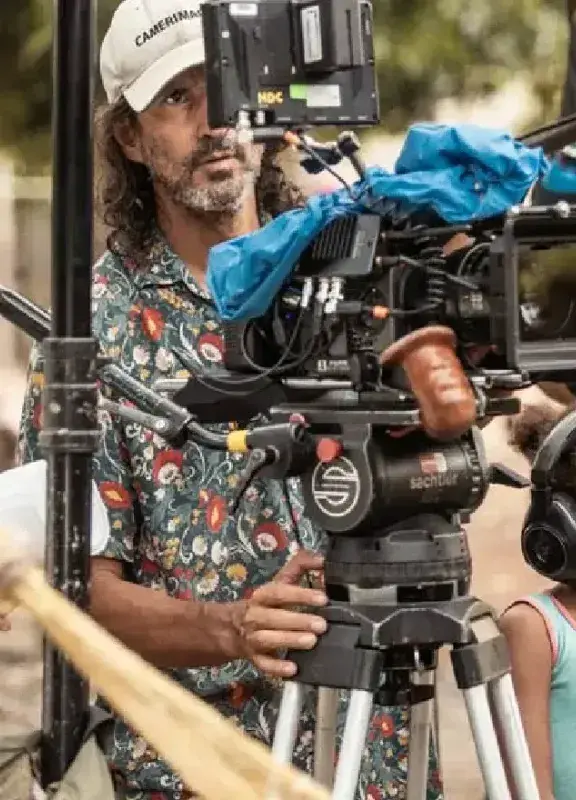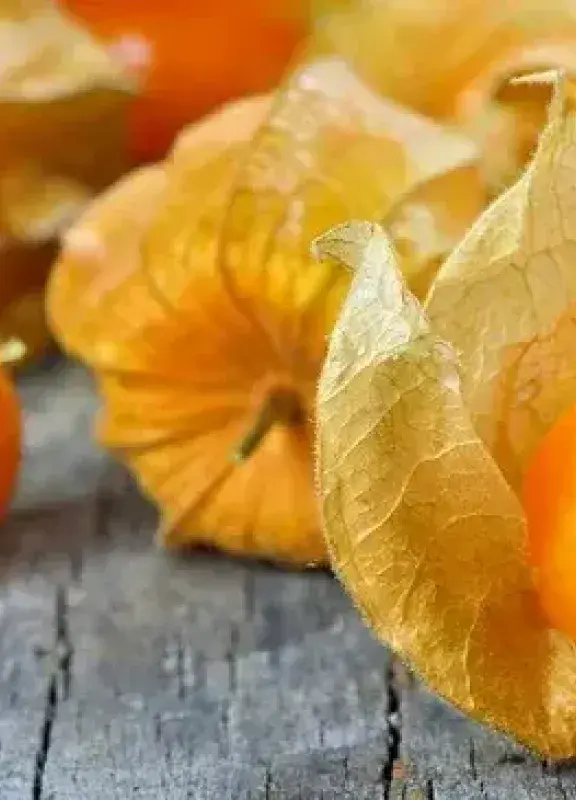We don’t want you to miss any of our festivities. Here, in Colombia, we celebrate joy in as many ways as our human and cultural diversity allows us to.
Come and discover the Land of Beauty
WHO ARE WE?
We, as Marca País Colombia, manage the positive image we have to show. Our goal is to close the gap between the negative perceptions that the world has about Colombia and the realities of the country, its progress, talent, and potential.
Our roots are a unique combination of customs, accents, people, rhythms and a lot of culture that highlight the charm of an entire country.
Discover

WHO ARE WE?
We, as Marca País Colombia, manage the positive image we have to show. Our goal is to close the gap between the negative perceptions that the world has about Colombia and the realities of the country, its progress, talent, and potential.
Our roots are a unique combination of customs, accents, people, rhythms and a lot of culture that highlight the charm of an entire country.
Discover

COLOMBIAN TALENT
Every day, millions of Colombians carry their country's name high
thanks to their passion for what they do.
#LoMejorDeColombia (The Best of Colombia)
MEET THE LAND OF BEAUTY
WHY IS COLOMBIA THE COUNTRY OF BEAUTY?
Because the people here are everything. Thanks to the hands of our farmers, you can taste a different fruit 365 days a year. In addition, you will find intact Indigenous cultures that will have more than 65 ways to say "Welcome to the country of beauty”.
 Welcome, you are in
Welcome, you are in 


































